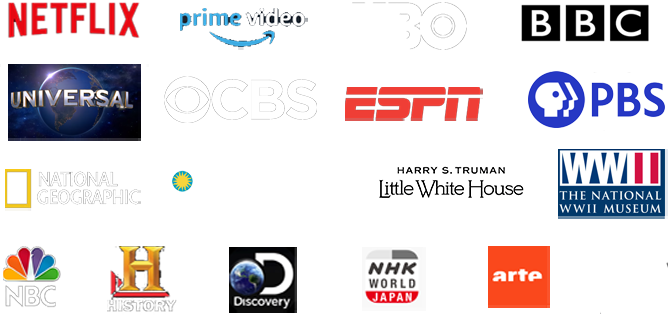This brief narrative film delivers a look into life in Hawaii during the 1960’s; Hawaii officially became a U.S. state in 1959 and tourism boomed in the 1960’s; Hawaii was the place to be. This feature follows a young boy called Randy Akiona (played by Edward Schuman) and his classmates. It opens with a note informing viewers contributions to the film include the University of Hawaii, Punahou school and the Department of Public Instruction (:06). A cyclist moves down a suburban street (:11). Edward Schuman produced this film (:20). A young boy bids his father in a pastel Hillman mix goodbye (:27). The young boy begins to narrate his life as he plops down to read the morning newspaper (:42). His sister scoots in next to him as he scours the sports section (:48). Friends in the neighborhood arrive to play with the kids (:53). A child walks barefoot as she heads for school (1:11). An advertisement for the Ala Moana Center is stuck to the front of the bus (1:16). Youth clamor aboard (1:20). They sprint for class at the Abraham Lincoln Elementary School off Auwaiolimu street in Honolulu (1:26). Classroom footage shows the students pledging allegiance (1:35), studying the westward expansion of the US (1:54) as well as the location of their own home state (2:02). Volcanos appear (2:32) as students learn the islands were formed from volcanoes. Pacific Ocean waves roll around Honolulu (2:46). An aerial shot captures three male sunbathers along the blue shoreline (2:59). Palms wave in cool winds (3:12) as the island’s climate is discussed (3:12). Trade wind clouds pour rain over mountain tops (3:22). Hawaiians utilize the rain water, collecting it into canals (3:38). This water is used to fortify a sugar cane field (3:54). Another major crop is pineapples (4:02). Students enjoy lunch along a long wooden table (4:15). They play a game of rock paper scissors (4:52). Students refer to the use of Japanese words in their games. Sushi is also noted on their lunch plates indicative of the Japanese influence on Hawaii (5:06). A student eats poi with their fingers (5:12) in the traditional way. A student named Linda shows her desert (5:26); Chinese almond cookies. Fresh produce appears at the market (5:48). A grocery store is filmed as much of the goods are also imported from other parts of the country (5:55). Food cost were high (6:10). Wisconsin cheddar cheese (6:13) and Idaho potatoes (6:15) appear. Goods are unloaded at the harbor of Kou aka Honolulu Harbor (6:22). Vehicles are unloaded (6:28). Pineapples are moved out for export (6:43). A white cruiser liner (7:02) unloads a shipment of tourists (7:05). The captain snaps photographs (7:20) of the travelers covered in pink lays (7:23). Youth learn to make the Hawaiian lay at school (7:30) and hand movements for hula dances (8:12). Edward kneels down ready for a game of football (8:29). After class, youth peer at Chinese candies in the window (9:15). Edward and his friends run for blue waters (9:47). They surf along tumbling frothy waves (9:58). Edward’s sister dances a little hula dance (10:35). Two tourists approach a Hawaiian lifeguard (10:45). The Hawaiian words ‘mauka’ and ‘makai’ are explained (10:58). The children’s father appears employed by a major hotel on the island (11:40). The tourism industry provided employment for many on the island. A waitress delivers drinks to guests at a restaurant overlooking Hawaiian waters (11:48). The coastline of Oahu appears (11:57). Most of the work was congested here as few hotels had been set up on the other islands (12:09). An aerial shot of a plantation follows (12:16). More hotels were under construction (12:30). The building housing Honolulu Iron Works is pictured (12:34). An aerial shot captures the city and a volcanic Crater in the background (12:43). Edward’s mother and infant sibling step from their home (12:53) as Edward, his sister and father return. Credits appear informing viewers Edward and his friends were very real Hawaiians (13:12). Transportation for the film was provided by Hawaiian Airlines (13:17). Distributed by the Film Associates of California (13:28).
Motion picture films don’t last forever; many have already been lost or destroyed. For almost two decades, we’ve worked to collect, scan and preserve the world as it was captured on 35mm, 16mm and 8mm movies — including home movies, industrial films, and other non-fiction. If you have endangered films you’d like to have scanned, or wish to donate celluloid to Periscope Film so that we can share them with the world, we’d love to hear from you. Contact us via the weblink below.
This film is part of the Periscope Film LLC archive, one of the largest historic military, transportation, and aviation stock footage collections in the USA. Entirely film backed, this material is available for licensing in 24p HD, 2k and 4k. For more information visit http://www.PeriscopeFilm.com

